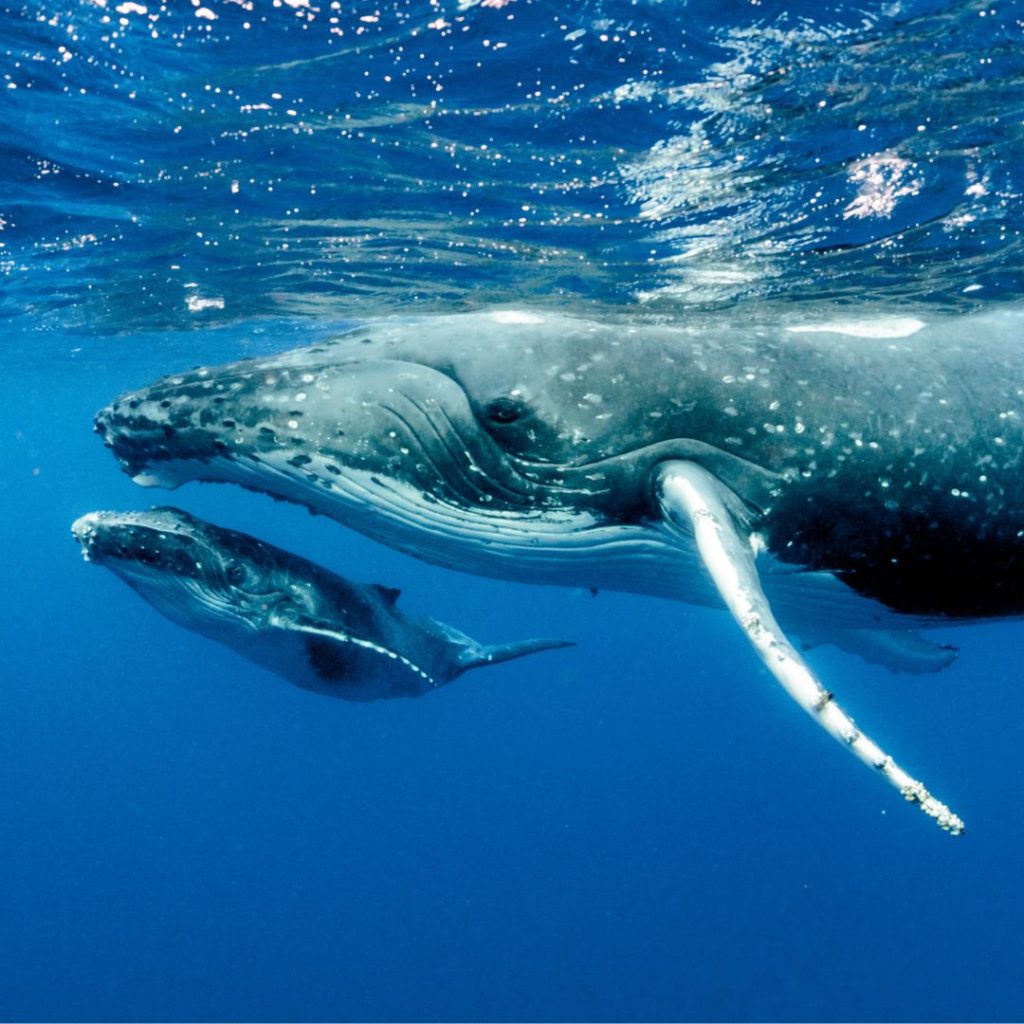Conference on migratory species threatened with extinction opens

The 14th Conference of the Parties to the Bonn Convention on the Conservation of Migratory Species (CMS COP14) will take place in Uzbekistan from February 12-17, 2024. With over 1,500 participants expected, COP14 will be the largest event of its kind In Samarkand, issues of crucial importance to the global biodiversity crisis will be discussed. The conference opened yesterday under the theme "Nature knows no borders", a reminder that migratory species do not stop at political borders and that their survival depends on international cooperation, including transboundary, regional and global conservation efforts . The most intense debate is expected to be on the controversial issue of deep-sea mining.
There are around 10,000 migratory animal species on our planet, some of which cover incredible distances on their journeys. According to the UN, many of them are threatened with extinction. The "Convention on the Conservation of Migratory Species of Wild Animals" (CMS) - also known as the "Bonn Convention" - lists more than 1,000 migratory animal species and aims to protect them. A new UN report makes it clear that one in five of these species is threatened with extinction.
The 133 member states of the Convention on the Conservation of Migratory Species of Wild Animals ("Bonn Convention") have been discussing issues of crucial importance to the global biodiversity crisis since yesterday in Samarkand.
It is about the most important animal species
It's not just Lahille's porpoises, sand tiger sharks and Peruvian pelicans that have high expectations of the high-level UN conference. No, also "some of the most important animal species on our planet", says Amy Fraenkel, CMS Executive Secretary. Many people would certainly not even know which animals are listed in the CMS - such as lions, gorillas, chimpanzees, all sea turtles and many of the large whales and dolphins. "So when we talk about these animals, they are incredibly important to the world. The idea that we can lose these species is really a wake-up call."
The groundbreaking CMS report "State of the World's Migratory Species", released on the opening day of COP14 yesterday, shows that the number of globally migratory species is declining and the risk of global extinction is increasing. With analysis of over 4,000 species, including 1,189 recognized by CMS Parties, it is clear that international action is needed. The report is a clear wake-up call and provides the COP with a number of priority recommendations for action.
Threat from humans
"Migratory species are dependent on a variety of very specific habitats. They travel regularly, sometimes thousands of kilometers, just to reach these places," explains Fraenkel. Scientist Kelly Malsch, co-author of the study, was able to identify two key threats to the animals. "One is the loss of habitat. Three out of four of the listed species are now affected by this."
Loss of habitats
Man-made obstacles such as high-rise buildings, wind turbines, dams, noise, light sources, ghost nets, plastic waste and pollutants as well as the construction of important resting places and the disappearance of entire ecosystems have led to the massive decline of many migratory species. The analysis of the new CMS report revealed that the population of 44 percent of the migratory animal species listed by CMS is declining - one in five species (22 percent) is already threatened with extinction, according to the report.
"Roads, buildings and shipping traffic are increasingly blocking the animals' vital migration routes - meaning they can no longer reach their breeding and feeding grounds. In addition, the climate crisis is putting pressure on them, such as periods of drought," warned marine researcher Simone Niedermüller in a press release from WWF Austria.
Targeted hunting
Another is the targeted removal of species worthy of protection, for example through fishing and hunting, as well as indirectly as bycatch.
Worrying threat to most fish species
The decline in the populations of listed fish species over the past 50 years is particularly worrying. As many as 97% of all listed species are threatened with extinction. This includes more than half of the shark and ray species found in the Mediterranean. "The oceans are like a deadly labyrinth of ships, fishing nets and plastic waste," Niedermüller also criticized in the WWF statement. Therefore, comprehensive protection measures that go beyond national borders are urgently needed.
OceanCare actively contributes to numerous areas of the Convention's work, including the development of measures to curb marine pollution, the protection of whales and other marine animals and the creation of protected habitats for marine mammals in particular.
International protection program "Central Asian Flyway"
NABU and BirdLife International therefore support India's initiative to set up an international conservation program for the Central Asian Flyway, one of the most important migratory bird routes in the world.
This comprises 30 countries and is used by more than 600 migratory bird species. India is working towards a joint conservation agreement between the countries involved and has presented an exemplary action plan. "At least 48 of these species are threatened worldwide and 40% are declining. This is why international cooperation and cross-border conservation efforts are essential," says Thomas Tennhardt, NABU Director of International Affairs. NABU supports India's commitment and at the same time calls for international conservation agreements to provide safe resting places and refuges for migratory birds worldwide, including in Europe. "This includes the fight against habitat destruction, poaching and the consequences of the climate crisis," says Tennhardt. "The German government must seize the opportunity in Samarkand and commit to this."
In addition to the protection of individual bird species such as the steppe eagle, bearded vulture and great bustard, mammals such as the saiga antelope are also the focus of negotiations. After a dramatic collapse in the population, which led to the species' near extinction, its population numbers have recovered thanks to intensive conservation measures. "The International Union for Conservation of Nature (IUCN) has now classified the saiga antelope, which was previously considered 'critically endangered', as 'endangered' - a success story for species conservation," says Katja Kaupisch, Head of the Central Asia Program at NABU. NABU has been committed to the conservation of the saiga antelope for many years and is a co-signatory of the CMS Saiga Declaration of Intent to protect the species.
The proverbial "elephant in the room" at the Conference on the Conservation of Migratory Species is the global loss of biodiversity. Like the climate crisis, this man-made natural crisis requires international cooperation and decisive political action. This includes, among other things, the establishment of additional protected areas and the restoration of damaged and destroyed habitats.
Background
The Conference of the Parties to the UN Convention on the Conservation of Migratory Species has been held every three years since 1979 and forms an important basis for the international coordination of cross-border conservation measures. As the convention was founded in Bonn at the time and its secretariat has been based there ever since, it is also known as the "Bonn Convention".






